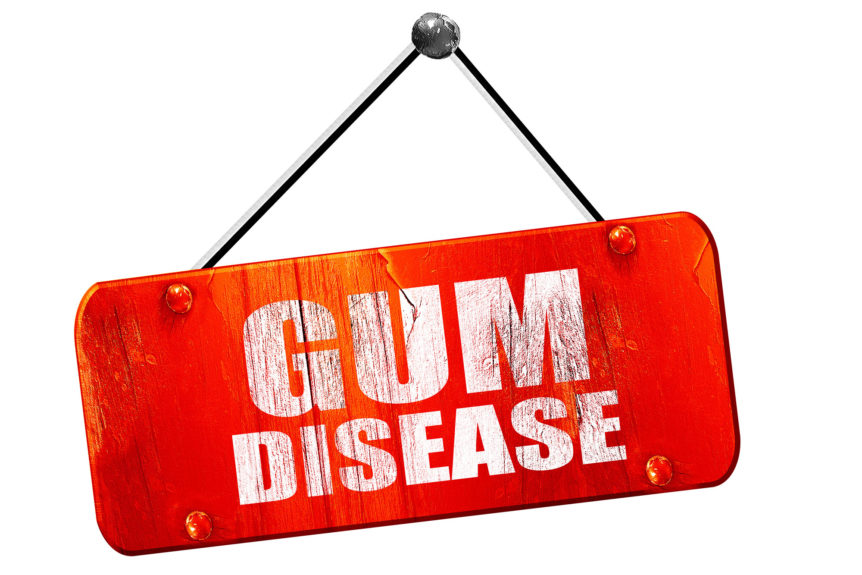You may frequently think about keeping teeth clean to avoid cavities, but another very important benefit of good oral health is avoiding gum disease. While less common in young children and seen more frequently as children enter early adolescence, gum disease most often manifests as swollen, red gums that sometimes bleed during brushing or flossing.
While seemingly innocuous, inflammation in the mouth has been associated with systemic health problems, bad breath, and even in rare advanced cases where the inflammation progresses to the bone, loss of teeth.
What can you do to help your child avoid gum disease? It’s pretty simple.
You’ve heard it all before: brush two minutes (keep a timer in the bathroom!), twice a day and DEFINITELY floss nightly. Many people skip flossing, which in reality leaves food adjacent to the gums and sparks gum inflammation!
How old should a child be to start flossing? Some children have spaced out teeth that are cleansable with a toothbrush, while others have tighter teeth that contact. Once two teeth contact the bristles of a toothbrush cannot reach between them. THIS is when and where you start flossing. If you have any questions about whether you need to floss your young child’s teeth, how most easily to do it, or anything else, we invite you to ask us at your next appointment and we are happy to help!
Older children of seven or eight years old have finally developed the manual dexterity to brush and floss independently. Though, we’ve found that once given that independence, kids often suddenly stop wanting to do it! While we want children to learn responsibility, we also want to make sure that the transition includes adult supervision to avoid any negative consequences of lapses in care.
Adolescents undergoing orthodontic treatment with braces or any other appliance are especially at risk of gum disease. Braces can trap food on the teeth and Invisalign can block helpful saliva from cleaning the teeth. It is exceptionally important to monitor your child’s brushing and flossing during this stage to ensure complete removal of food. If you have any concerns or if the gum inflammation becomes severe, we may discuss with you the need to return for more frequent professional cleanings.
Anytime your child is examined by a pediatric dentist it is not just the teeth that are assessed: the gums are checked and tracked as well. We are always happy to help your children maintain good oral health as they transition from infant to adult. Each stage brings about new challenges to avoid both cavities and gum disease and there is a balance possible between fostering independence while ensuring continuous good care. At Smiles4Kids we believe in the pursuit of that balance and graduating our patients into responsible adults… with great smiles!

